2018-10-12
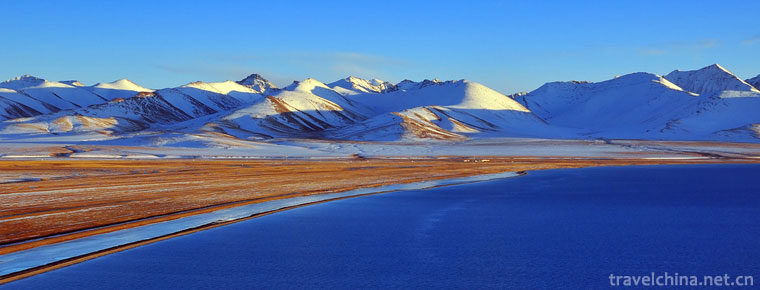
- By ChinaWiki.net
- Chinese Edition
- 2018-10-12
Namco, located in the central part of Tibet Autonomous Region, is the second largest lake in Tibet and the third largest saltwater lake in China. The lake is 4718 meters above sea level, approximately rectangular in shape, more than 70 kilometers long in East and west, 30 kilometers wide in North and south, with an area of about 1920 km.
Early scientific expeditions suggested that the maximum depth of the Nam Fault was 33 meters, but a re-survey of the lake in the last two years revealed that the Nam Fault was more than 120 meters deep. The storage capacity is 76 billion 800 million cubic meters, which is the largest lake in the world.
"Nam Co" is Tibetan, Mongolian name is "Tenggeli sea", is "Heaven Lake" meaning. Nam Co is one of the three sacred lakes in Tibet. Na Mu CuO is the first God lake of the ancient elephant, the Buddha and the emperor, and one of the famous Buddhist shrines.
Nam Co is located in the Qinghai Tibet Plateau, which originated from the orogeny started about 70 million years ago.
The product of the extrusion and uplift of the subcontinental plate and the India plate. According to geological survey data and scientific investigation, Namco area belongs to Lhasa terrane, with at least one billion years ago Precambrian continental crust as the basement, after a long period of time, about the late Jurassic accretion to part of the Qiangtang terrane above.
The Nam Co is a huge lake basin formed by the Himalaya movement depression in the late third and early fourth. Its formation and development are controlled by geological structure, formed by Himalayan movement depression, is a fault depression structural lake, and has glacial trace. Later, due to the gradual drying of the Tibetan Plateau, the area of Namu Cuo was greatly reduced. There are 8 to 10 existing ancient lake rock lines, the highest of which is about 80 meters from the present Lake surface.
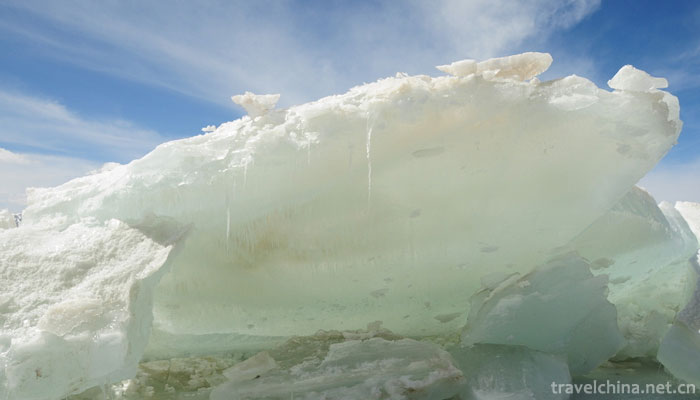

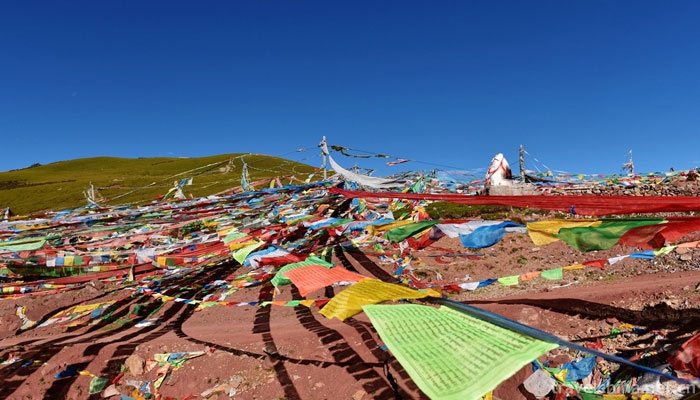
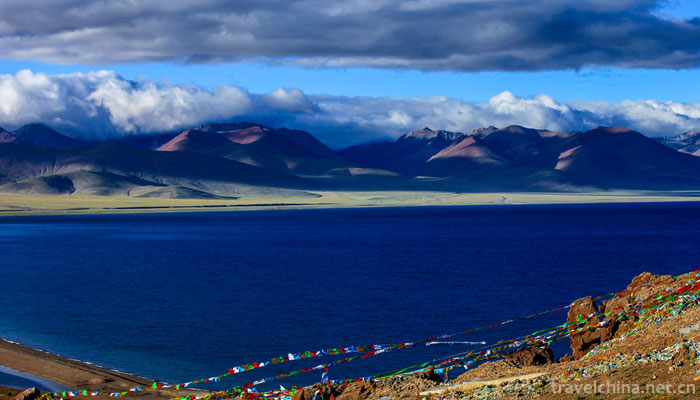
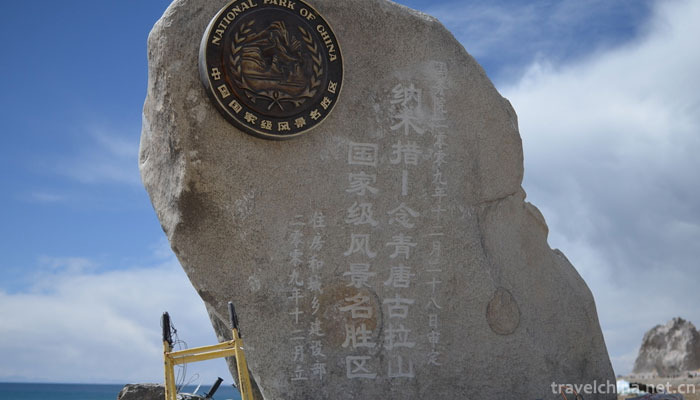

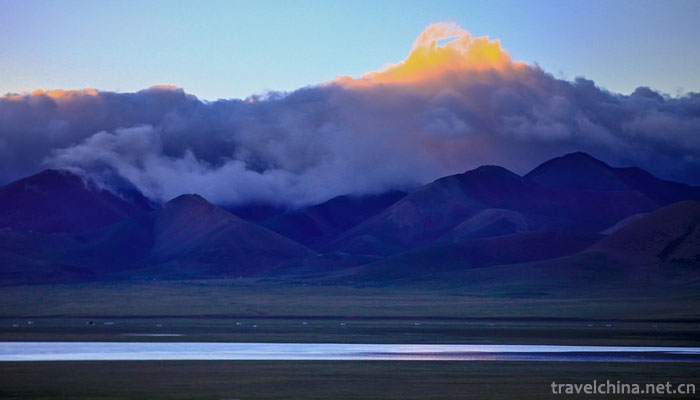

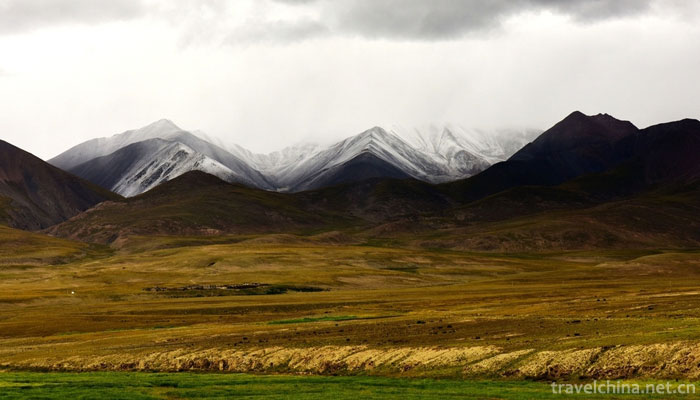
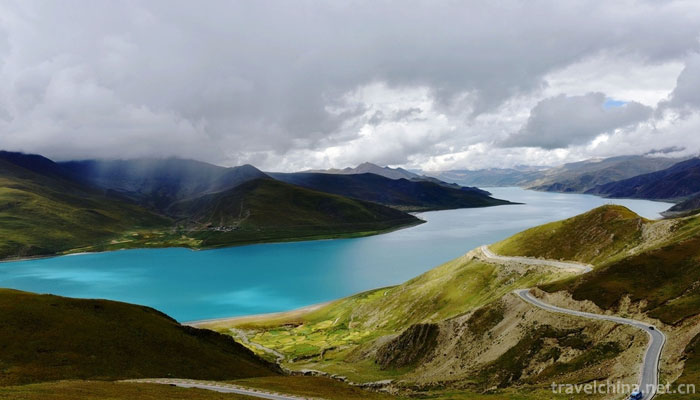
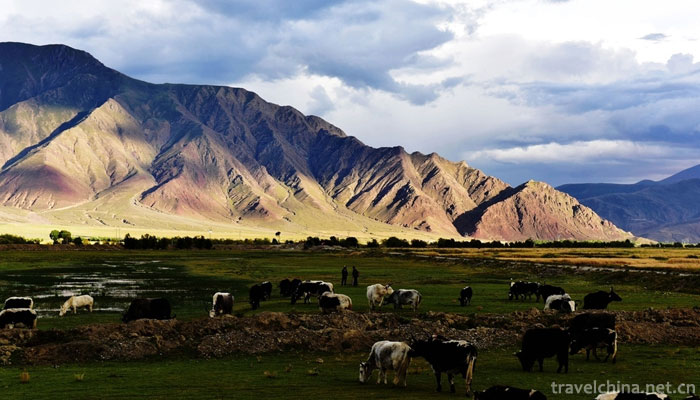
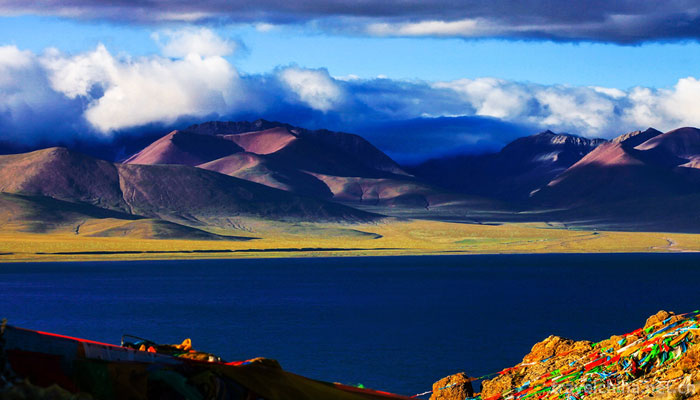
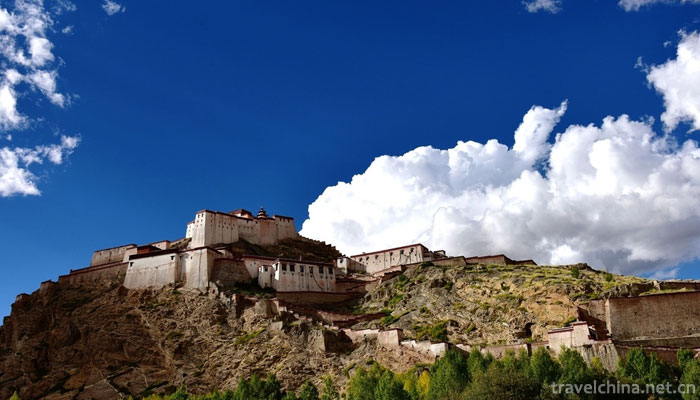
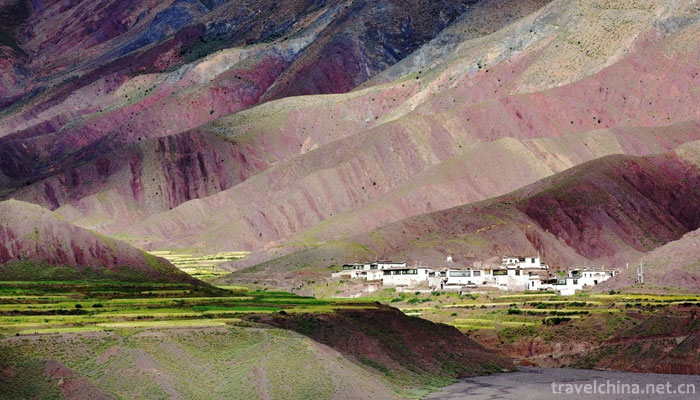
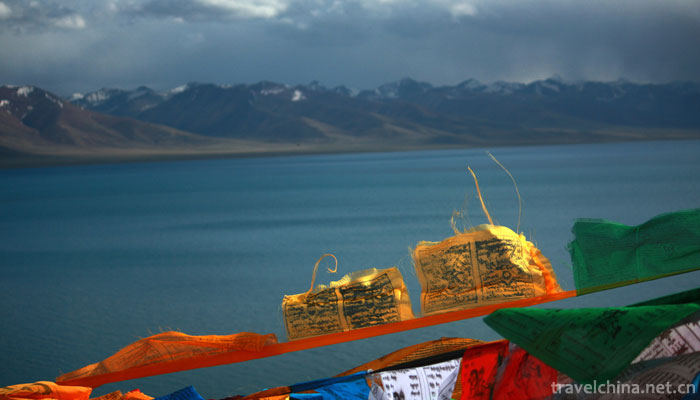


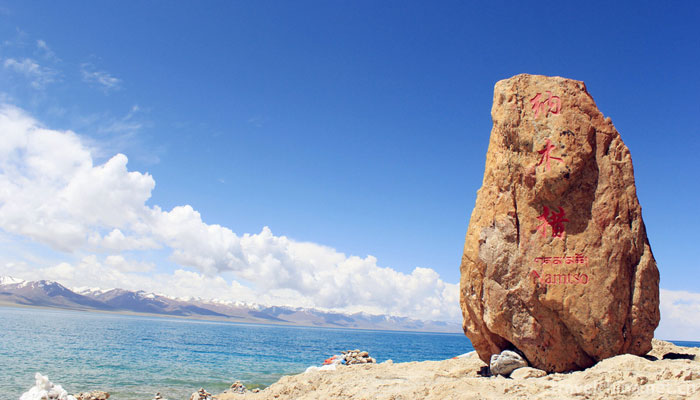
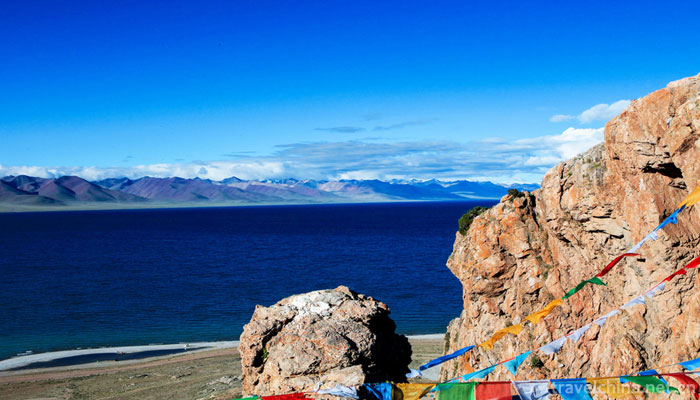

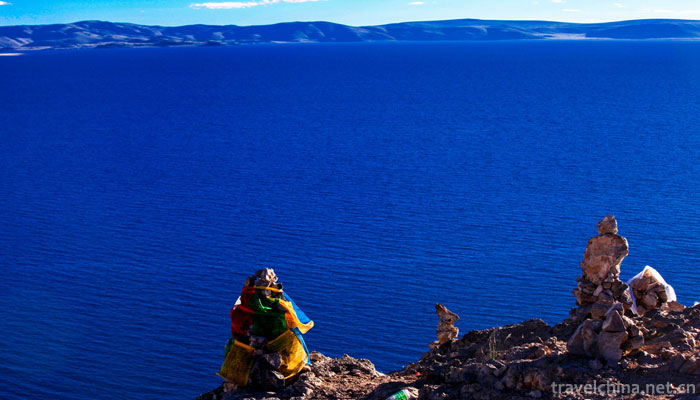

Ask a Question
Your email address will not be published.
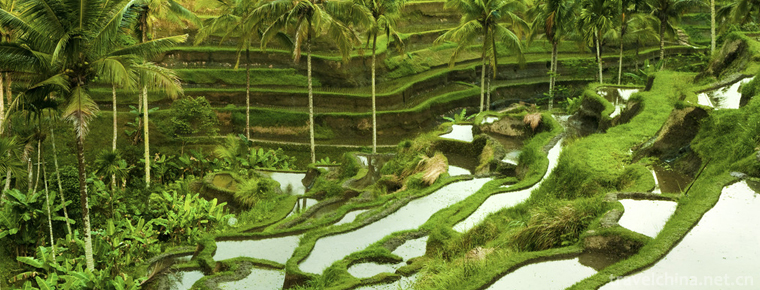
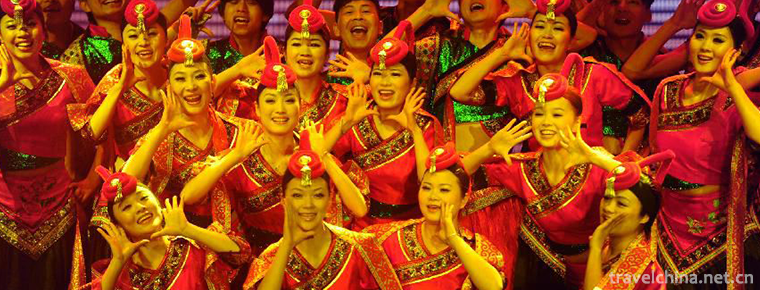

0 Questions